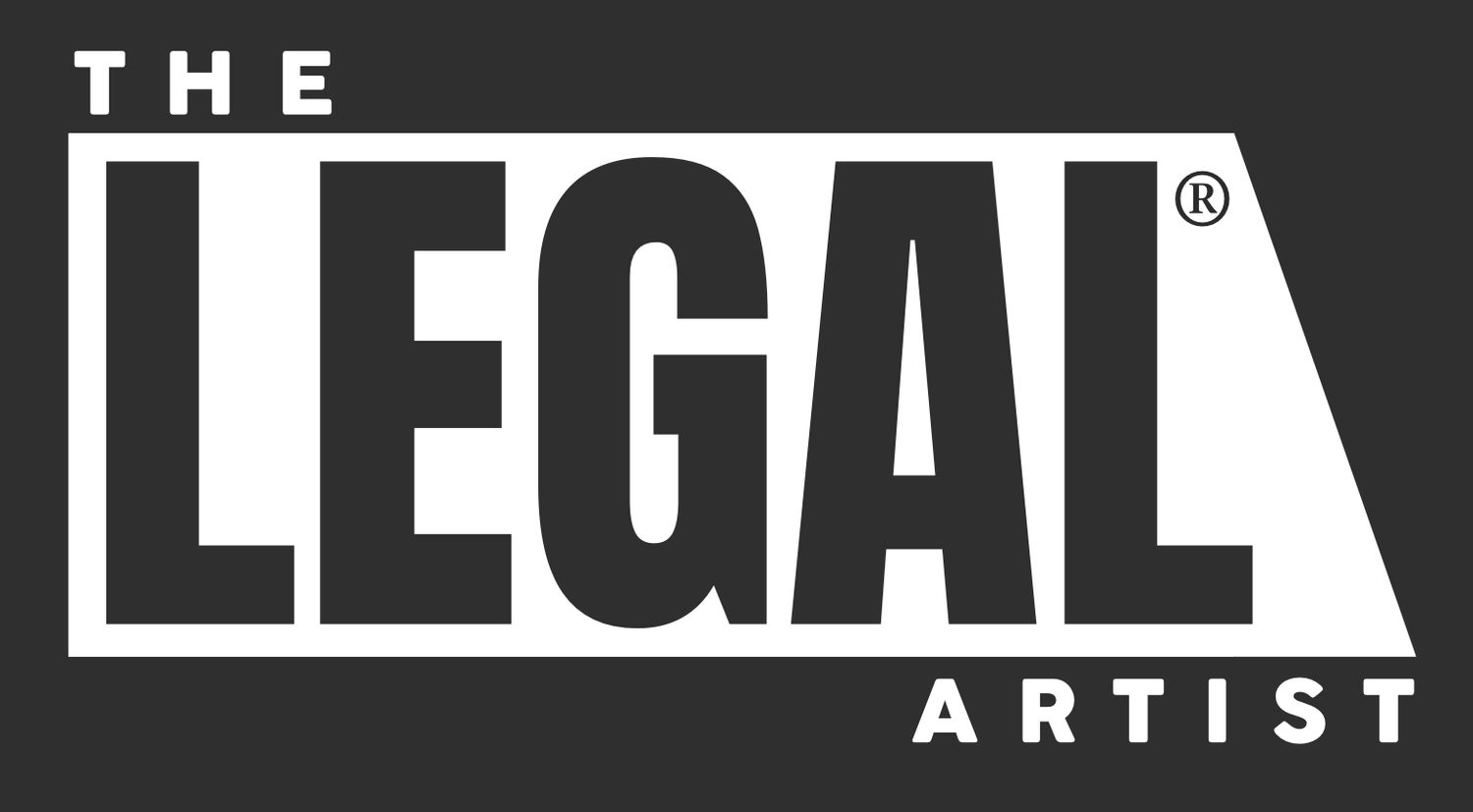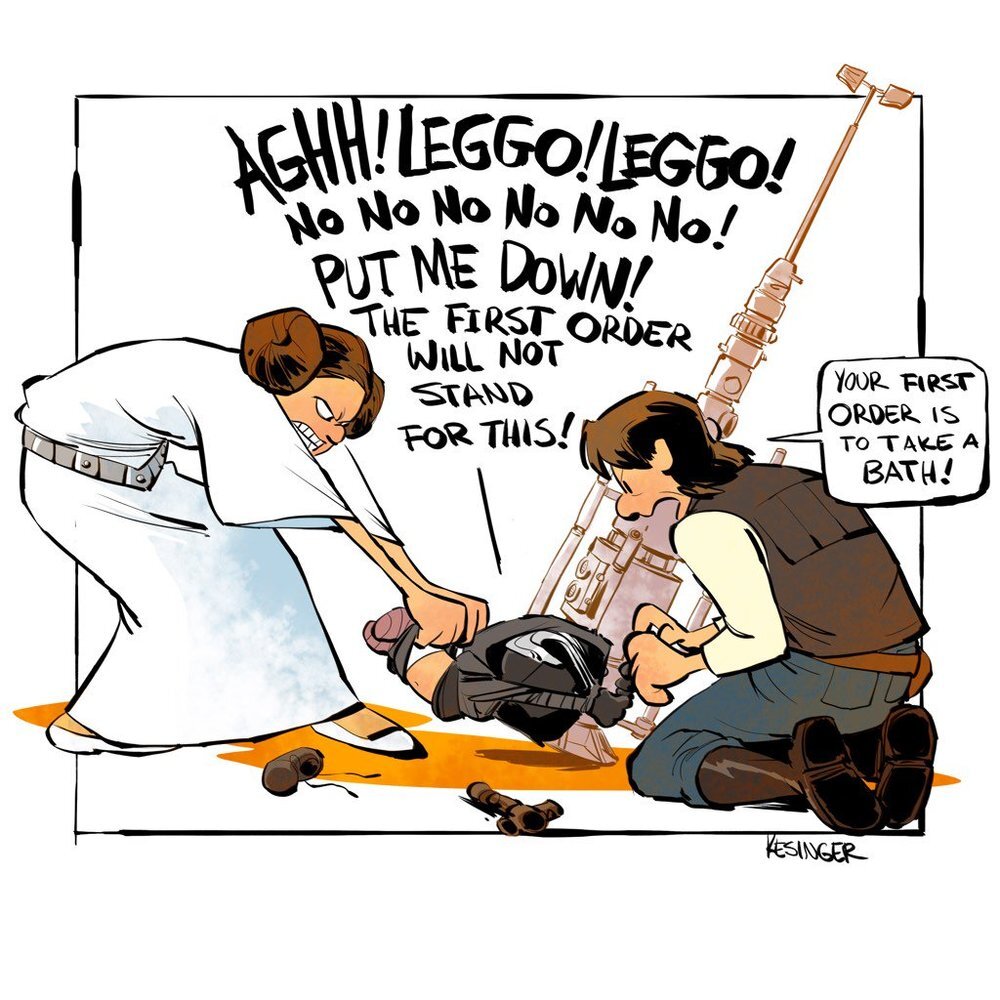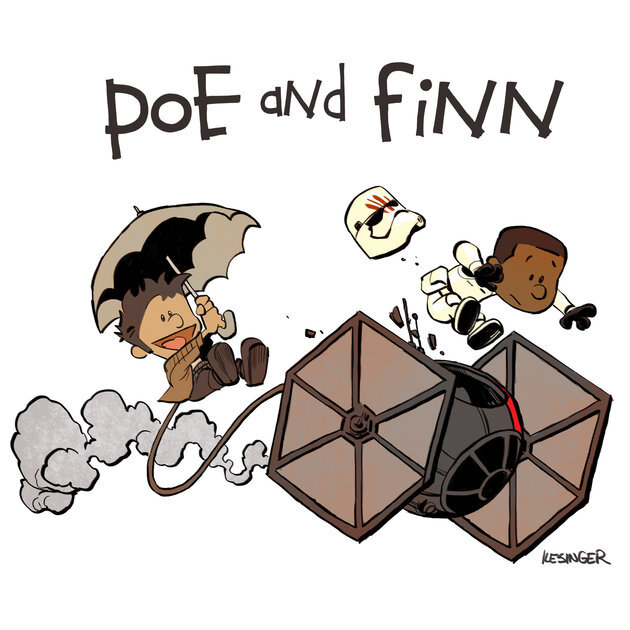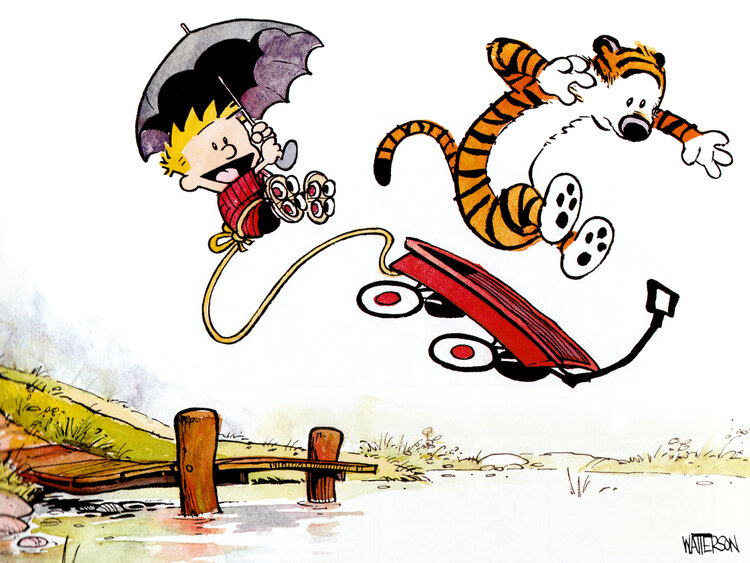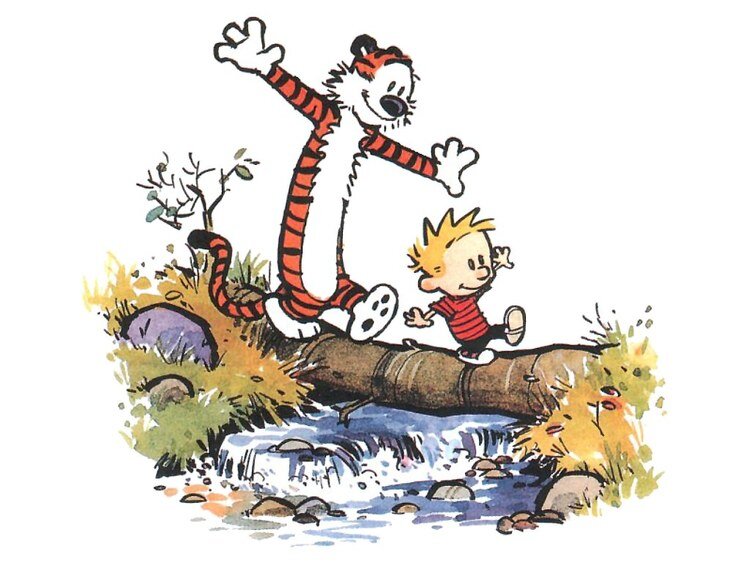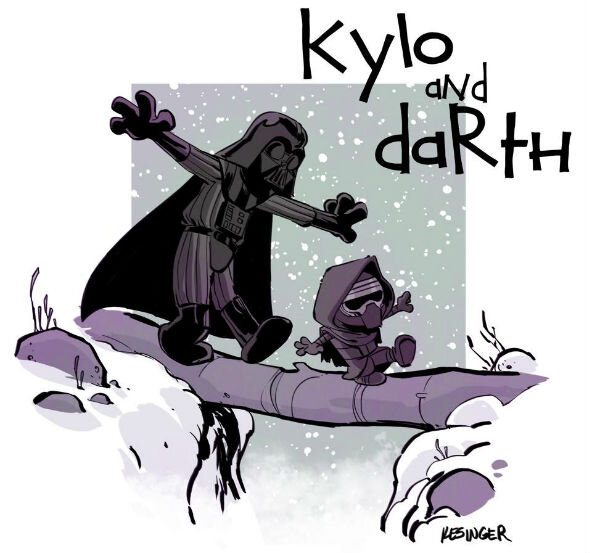On Whether You Can Use Someone Else's Copyrighted Work As Reference Material For Your Own
/Back in September I received a question from an illustrator who attended one of my webinars, and I thought it was worth answering here since most artists use reference material in their work. I've lightly edited the question for clarity, as well as to remove identifying information.
"As part of my (illustration) process, I source and screenshot or drag images of people, places, and things from Google (usually stock photos) which I then combine and trace to create my illustrations. It would be hard for any of these stock photos to be identified outright in my work, as they are mainly used as the skeleton for postures and environments in my drawings. They are transformed by my invention of things like clothes and other details, and by my linework 'style.' What do you think of this? Am I doing anything legally risky?"
She sent me images of her work to demonstrate her process: snippets of stock photos (a couch, a woman sitting on a chair, a pile of boxes) found on sites like Getty Images, with her illustrations superimposed over them. Upon completion of the illustration, she would remove the stock photo, leaving only her work. In short, she was using stock photographs as reference material, her unique drawing style setting the image apart from its original presentation. After reviewing her material, I told her that it didn't qualify as copyright infringement. Why?
Well for one, she wasn't copying entire photos. Each illustration contained fragments of photos of various objects or people, designed to help her get a sense of scale, positioning, and perspective that would otherwise be hard to replicate from memory. Second, the photo fragments were removed from the illustration prior to completion and were thus never used in the final product. Third, the way in which she used the work was transformative. Whereas in the original stock photo, a couch was just a couch, in her hands, that couch sat in a psychiatrist's office where a hapless young man was pouring his heart out to a mental health professional. The two couches may have shared superficial similarities, but were presented in entirely different contexts and for entirely different purposes. In short, there was nothing in her use of the reference photos that indicated infringement was taking place.
Which makes sense really. Almost all artists use reference material in some way (even Degas used photos as reference material for his paintings). In fact, when I was at RISD, there was a whole room in the library dedicated solely to housing photo reference material for students to use when making their art. Now obviously, every artist has a different process and what might apply to this particular illustrator may not apply to another. So when does using someone else's work as reference material bleed into copyright infringement? I wish there was a simple bright line answer, but unfortunately the law doesn't work that way.
In the copyright realm, it all comes back to fair use. And under fair use, you can't use someone else's work without their permission unless that work is in the public domain, you acquire permission from the original work's copyright owner, or you successfully answer a number of questions, among which are: How do you plan to use the material? Will it be altered in any way? Will your use of that material transform the expression or meaning of the original material? How much of it will you use? A portion or the whole thing? If the reference work is an illustration, are you mimicking the original artist's style or the entire composition? Will your work comment in some fashion on the original? Will your use deprive the owner of the source material income or undermine a new or potential market for their work?
These and more are the questions you need to answer and then weigh against each other before you can judge whether your use of the reference material is infringement. If you look back on this piece I wrote in 2016 about artist Brian Kesinger using Calvin and Hobbes comics where he replaced Calvin and Hobbes with characters from the latest Star Wars trilogy, you can see this in action. In some of his comics, he's merely emulating Bill Watterson's style while creating entirely new compositions with the Star Wars characters. As I said back then:
Copyright law protects finished works of art. It does not protect things like facts, ideas, procedures, or an artist’s style, no matter how distinct. So even though Kesinger’s drawings imitate Watterson, he’s not copying specific pieces of Watterson’s work, which means they probably aren’t infringing. In fact, they would likely fall under fair use because of their transformative qualities (i.e. Kesinger is commenting on the playfulness of Calvin and Hobbes by inserting Star Wars characters into the mix. Or he’s commenting on the seriousness of Star Wars characters by recasting them as Calvin and Hobbes. Either way, he’s commenting on something by using something else).
In other words, Kesinger used the original comics as reference material for his own spin. But later in the article, I show a number of other illustrations Kesinger made where it's clear he didn't just use the Calvin and Hobbes illustrations as reference material, he copied them outright, merely swapping out one set of characters for another. I said back then that I thought those images made a credible argument for copyright infringement.
Looking through that lens, we can see that several of Kesinger's drawings don’t just recall Watterson’s style, they essentially copy the entire work, simply swapping out Calvin and Hobbes with characters from Star Wars. These drawings are noteworthy in their similarity to the originals... As you can see, they’re close enough to the originals that they could be considered “derivative works.” A derivative work is an adaptation, translation, or modification of an existing copyrighted work and the right to make a derivative work rests solely with the author, unless conveyed away. That’s something we know Watterson hasn’t done... So it’s entirely possible that Kesinger could be liable for copyright infringement for these four drawings.
So there's no clear rule saying what can and can't be used as reference material (at least, not without a complicated legal analysis), but that doesn't mean you should stop altogether. In that vein, here a couple handy guidelines for you to use in your work moving forward if you find yourself needing to use reference material.
Don't incorporate the reference material into your work in its current form unless it's public domain or you have obtained permission from the owner.
Try to avoid using the reference material in its entirety. Opt instead to use it in pieces.
Use the reference material to guide you someplace original. Don't just cut and paste it into your work and think your job is done.
Make sure your use of the reference is sufficiently transformative (i.e. that you change the expression or meaning of the reference material enough so that your work stands apart from the original in meaning, content, or intent).
As long as you abide by these guidelines, you're probably going to be safe. And of course, if you simply don't know. Ask a lawyer.
